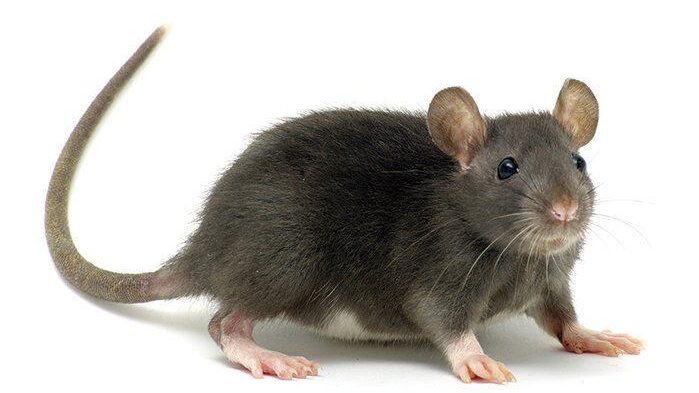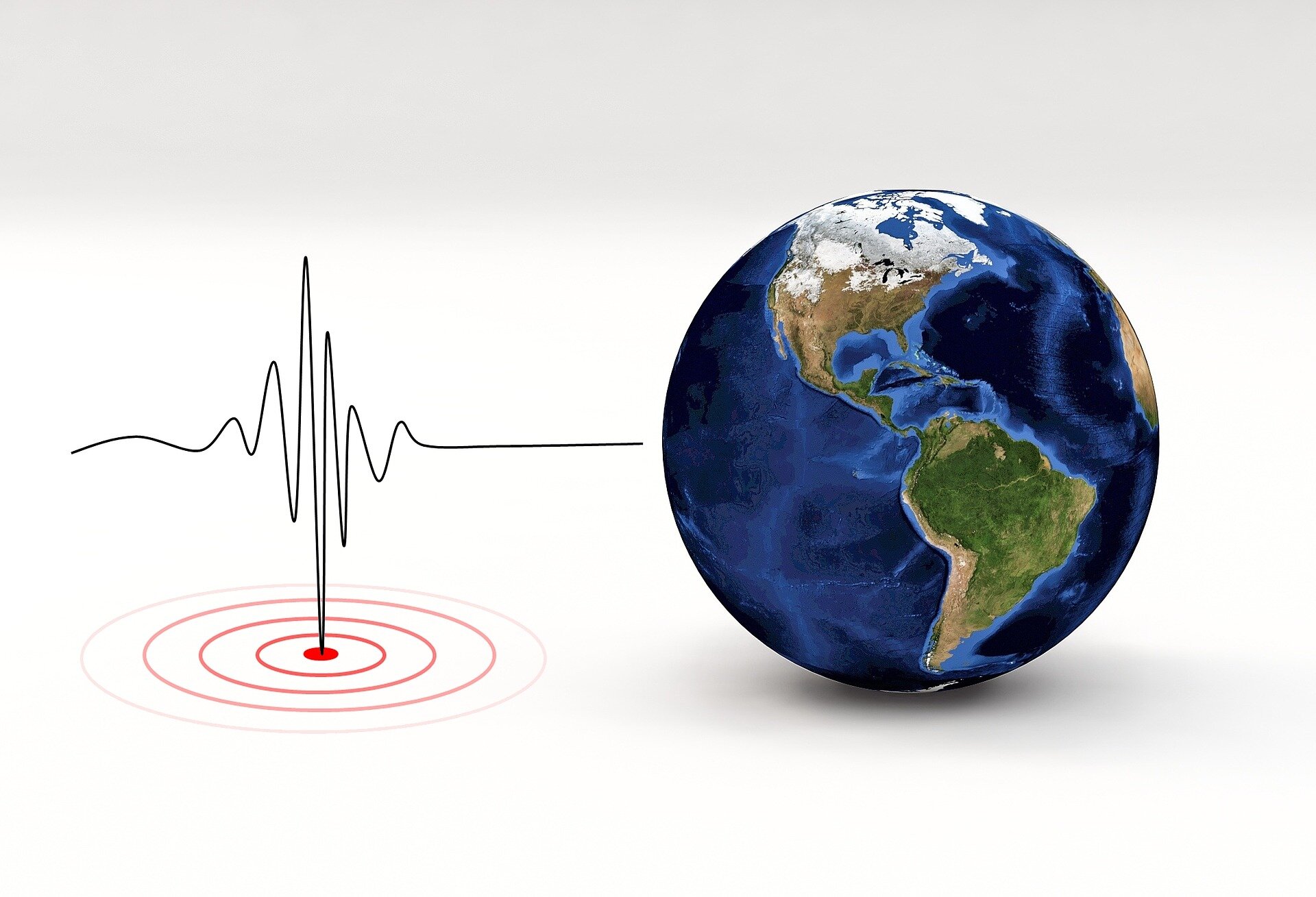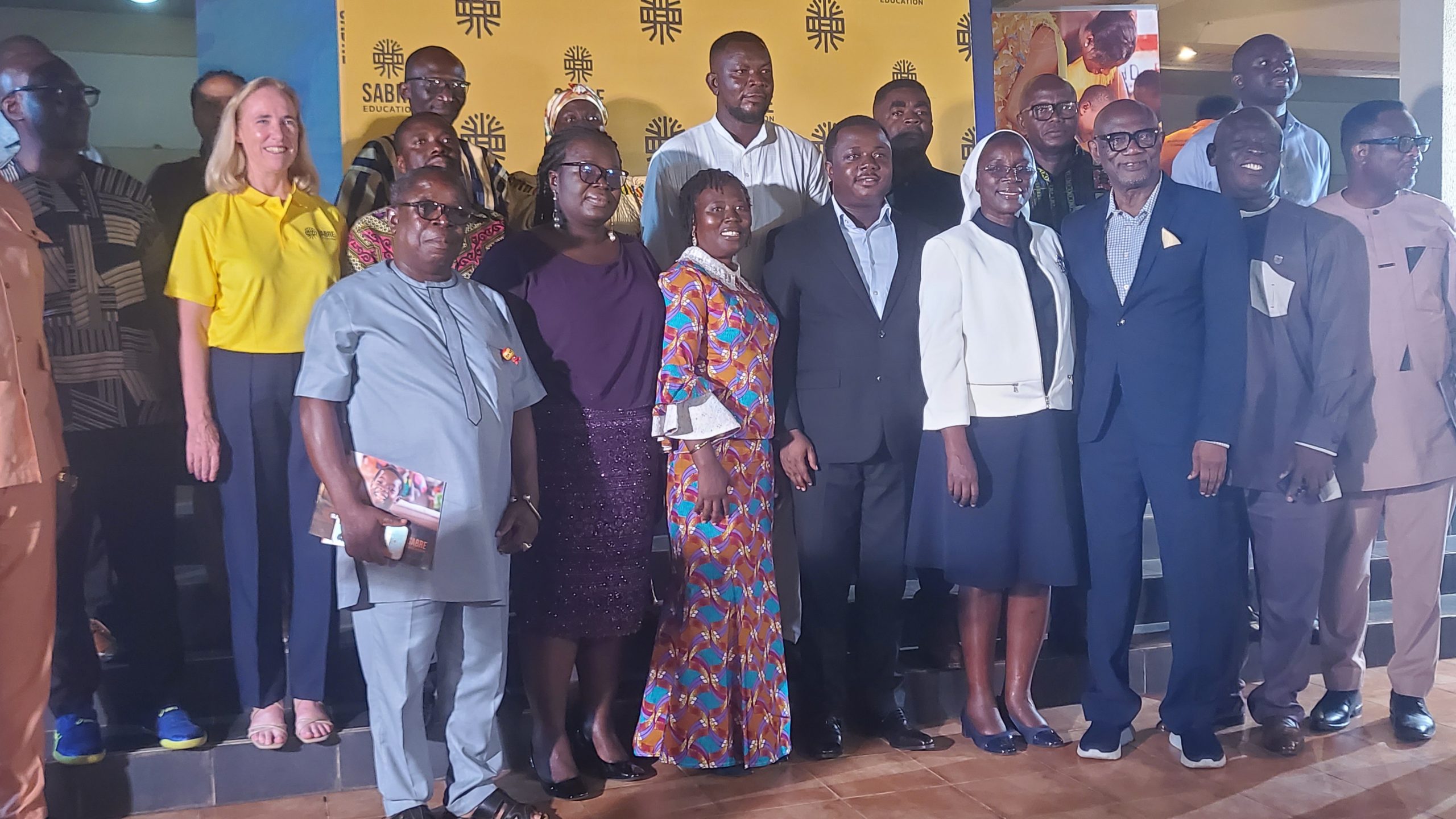- Tesla’s robotaxi event was long on Musk promises, short on details
- Boeing to cut 17,000 jobs as losses deepen during factory strike
- Here’s the deflation breakdown for September 2024 — in one chart
- The Federal Reserve may have pretty much just hit its 2% inflation target
- Finely regulated luminescent Ag-In-Ga-S quantum dots with green-red dual emission toward white LEDs
What do you believe is the single most important factor driving up the cost of living in Nigeria?

New algorithm helps read QR codes on uneven surfaces
Sometimes, we try to capture a QR code with a good digital camera on a smartphone, but the reading eventually fails. This usually happens when the QR code itself is of poor image quality, or if it has been printed on surfaces that are not flat—deformed or with irregularities of unknown pattern—such as the wrapping of a courier package or a tray of prepared food.
Now, a team from the University of Barcelona and the Universitat Oberta de Catalunya has designed a methodology that facilitates the recognition of QR codes in physical environments where reading is more complicated. The paper is published in the journal Pattern Recognition Letters.
The new system does not depend absolutely on the underlying topography, and is applicable to QR codes that can be found on tubular surfaces (bottles), food trays, etc. It is the first technological proposal capable of combining a generalist methodology and two-dimensional barcodes to facilitate the recognition of digital information.
The study's first author is Professor Ismael Benito from the UB's Faculty of Physics and Department of Electronic and Biomedical Engineering and the UOC's Department of Computer Science, Multimedia and Telecommunications Studies. All the authors have participated in different positions in the creation of ColorSensing, SL, a UB spin-off company in the field of smart labeling.
Why are some QR codes difficult to read?
Subscribe to our mailing list to get the new updates!

Subscribe our newsletter to stay updated
Thank you for subscribing!














